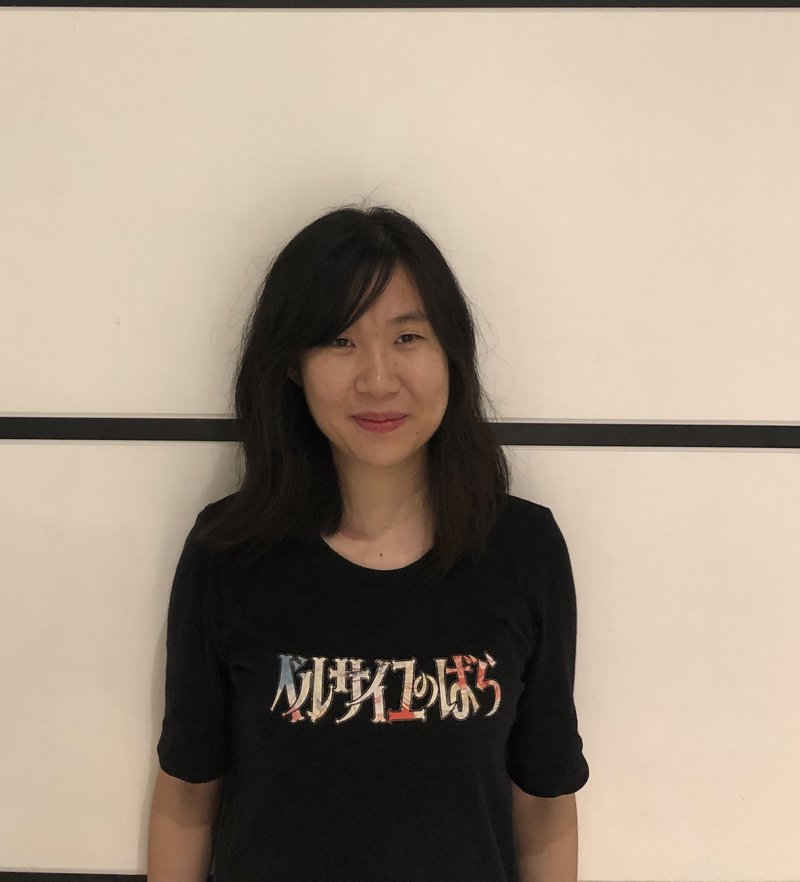Jiang Shan

A total of 24 modern and contemporary art museum professionals residing in 19 different cities have been awarded support to attend the CIMAM 2019 Annual Conference The 21st Century Art Museum: Is Context Everything? that will be held in Sydney, Australia 15–17 November 2019 hosted jointly by the Museum of Contemporary Art Australia.
Launched in 2005, CIMAM’s Travel Grant Program is designed to foster cooperation and cultural exchange between contemporary art curators and museums directors in emerging and developing economies and their counterparts in other regions of the world.
Jiang Shan's Conference Report
To review this year’s CIMAM Annual Conference, I would like to write down a few keywords that connect the thoughts provoked during the three days. These keywords are about what I’ve observed during the conference, and my predictions of the industry from the talks, conversations, and sites visiting:
The Vibe
Involving artists in the Museum of Contemporary Art Australia’s public program as well as in the conference brought new energy to the air and is a key element for the conference to offer a community-like vibe. With a loosen pace (e.g. the 45minutes’ morning tea break), the conference gave me a chance to have real conversations with other professionals.
Emotional/ Professional
Contemporary art museums will be a community that allows experiments of collective as well as individual life to take place. The staffs in contemporary art museums are the first ones to experiment with a life that may be heterogeneous, artistic, community-centered, inclusive, and so on. Hiring artists and giving full acknowledgment of their tangible and intangible labor, while allowing them access to the museum’s library and other facilities is a good step taken by MCA.
Indigenous/ Contemporary
Indigenous culture can and will teach the museums how to be ‘Contemporary’. Wesley Enoch’s sharing reflected the ‘ephemerality’ of ritual practice and its remaining, which can be linked with Hannah Mathew’s suggestion of art museums' “hosting” performance rather than “holding” performance in the collection. Wanda Nanibush shared examples of her practicing a ‘treaty relationship’ approach of working inside the museum that was inspired by indigenous culture.
Collaborative and Passion Driven
‘The Future of Collections is Collaborative and Passion-Driven.’
—Franklin Sirmans
Kojin Karatani in The Structure of World History puts forward four types of mode of exchange: A. gift-counter gift reciprocity, B. a kind of exchange in that the ruled are granted peace and order in return for their obedience, C. commodity exchange (the dominant mode of capitalist society as we live in). Within the interior of a community, the mode of exchange A can be practiced most often. There are reasons and facts to believe that mode of exchange D., one representing the return of mode of exchange A in a higher dimension will first happen in our society in the contemporary art museums and art schools, serve as a way to resist the current dominant mode of exchange in our society and might help to imagine a mode of community inside the capitalist structure.